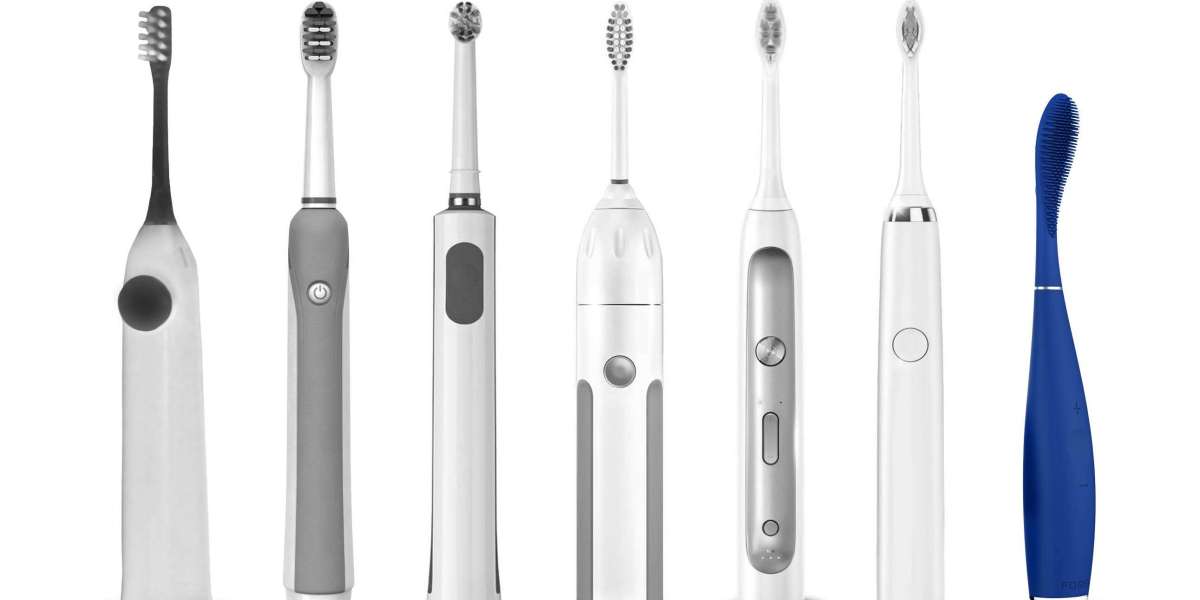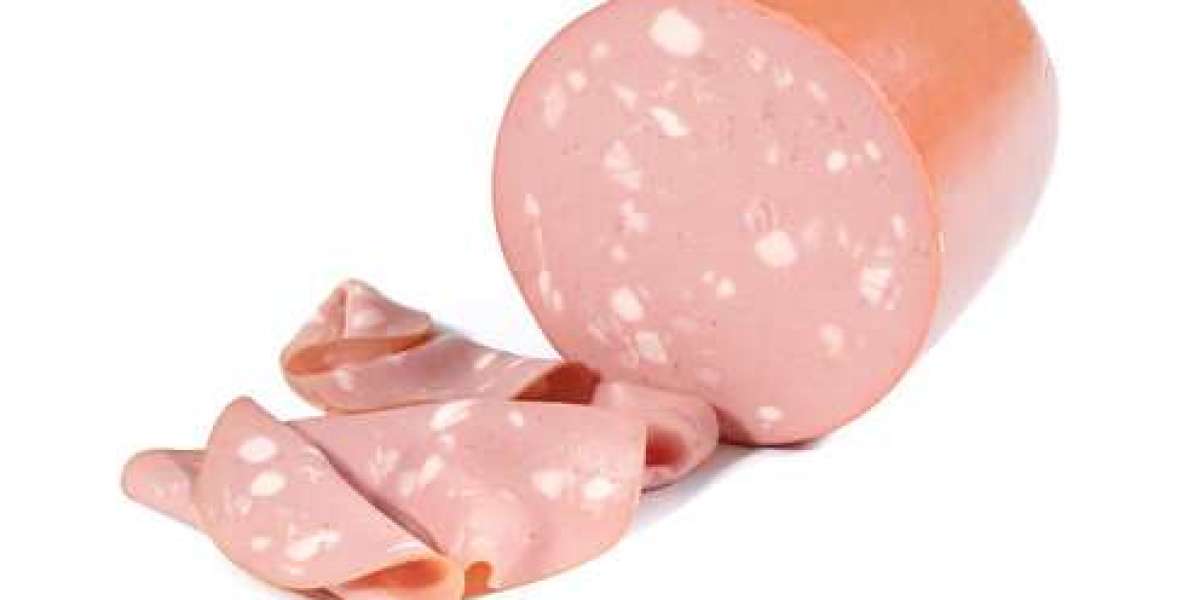Introduction
For decades, manual toothbrushes dominated the oral care market due to their affordability and accessibility. However, with growing awareness of oral hygiene and technological advancements, electric toothbrush market have gained popularity. As consumers become more health-conscious, many are making the shift from manual to electric toothbrushes for a superior cleaning experience.
This article examines the differences between electric and manual toothbrushes, the factors driving consumer preference, and how the market is evolving with changing trends.
1. Key Differences Between Electric and Manual Toothbrushes
? Cleaning Efficiency
✅ Electric Toothbrushes: Proven to remove more plaque and reduce gingivitis more effectively.
? Oscillating-rotating and sonic technology help reach difficult areas.
? Features like pressure sensors prevent harsh brushing, reducing enamel damage.
❌ Manual Toothbrushes: Require proper brushing technique for effective cleaning.
? Many consumers fail to brush for the recommended two minutes.
? Higher risk of inconsistent pressure, leading to gum irritation.
? Cost & Accessibility
✅ Manual Toothbrushes:
? Affordable and widely available.
? No need for batteries or charging.
❌ Electric Toothbrushes:
? Higher initial cost ($20–$300), though budget-friendly models are available.
? Ongoing cost for replacement brush heads.
♻️ Sustainability & Environmental Impact
✅ Electric Toothbrushes:
? Rechargeable models reduce battery waste.
? Some brands offer biodegradable brush heads and recyclable materials.
❌ Manual Toothbrushes:
? Typically made of plastic, contributing to landfill waste.
? Many consumers replace them every 3–4 months, adding to environmental impact.
? Convenience & User Experience
✅ Electric Toothbrushes:
? Built-in timers ensure proper brushing duration.
? AI-powered models track brushing habits and offer personalized feedback.
❌ Manual Toothbrushes:
? Lightweight & travel-friendly, requiring no charging.
? No built-in guidance, relying on user technique.
2. Consumer Shift from Manual to Electric Toothbrushes
? Growing Consumer Awareness & Dental Recommendations
- Dentists increasingly recommend electric toothbrushes for better plaque removal and gum health.
- Studies suggest that electric toothbrush users have healthier gums and experience less tooth decay over time.
? Impact of Technology & Smart Features
- AI-driven electric toothbrushes now provide real-time feedback via mobile apps.
- Features like pressure sensors, multiple brushing modes, and interactive guidance make electric models more appealing.
? Sustainability & Eco-conscious Consumers
- Consumers are moving away from disposable plastic and seeking sustainable oral care options.
- Subscription models offering eco-friendly brush head replacements are driving adoption.
? Affordability & Market Accessibility
- The introduction of budget-friendly electric toothbrushes ($20–$50) makes them accessible to a wider audience.
- Brands like Quip and Burst offer cost-effective subscription plans, making electric toothbrushes more convenient.
3. Market Trends & Future Outlook
✅ Surge in Electric Toothbrush Adoption – The global electric toothbrush market is projected to grow significantly, driven by innovation and consumer preference shifts.
✅ Increased E-commerce Sales – Online platforms and direct-to-consumer (DTC) brands are making electric toothbrushes more accessible.
✅ Integration of AI & Personalization – Future electric toothbrushes will offer customized oral care experiences based on user habits.
✅ Sustainability-Focused Innovations – More brands will introduce biodegradable brush heads and minimal-waste packaging to appeal to eco-conscious consumers.
Conclusion
While manual toothbrushes remain the most affordable and widely used option, the shift toward electric toothbrushes is accelerating due to better cleaning efficiency, convenience, and technology-driven features. As consumer awareness grows, and prices become more competitive, the electric toothbrush market is set to expand further, offering smarter, more sustainable solutions for oral care.
The future of oral hygiene is evolving, and electric toothbrushes are leading the way! ?








